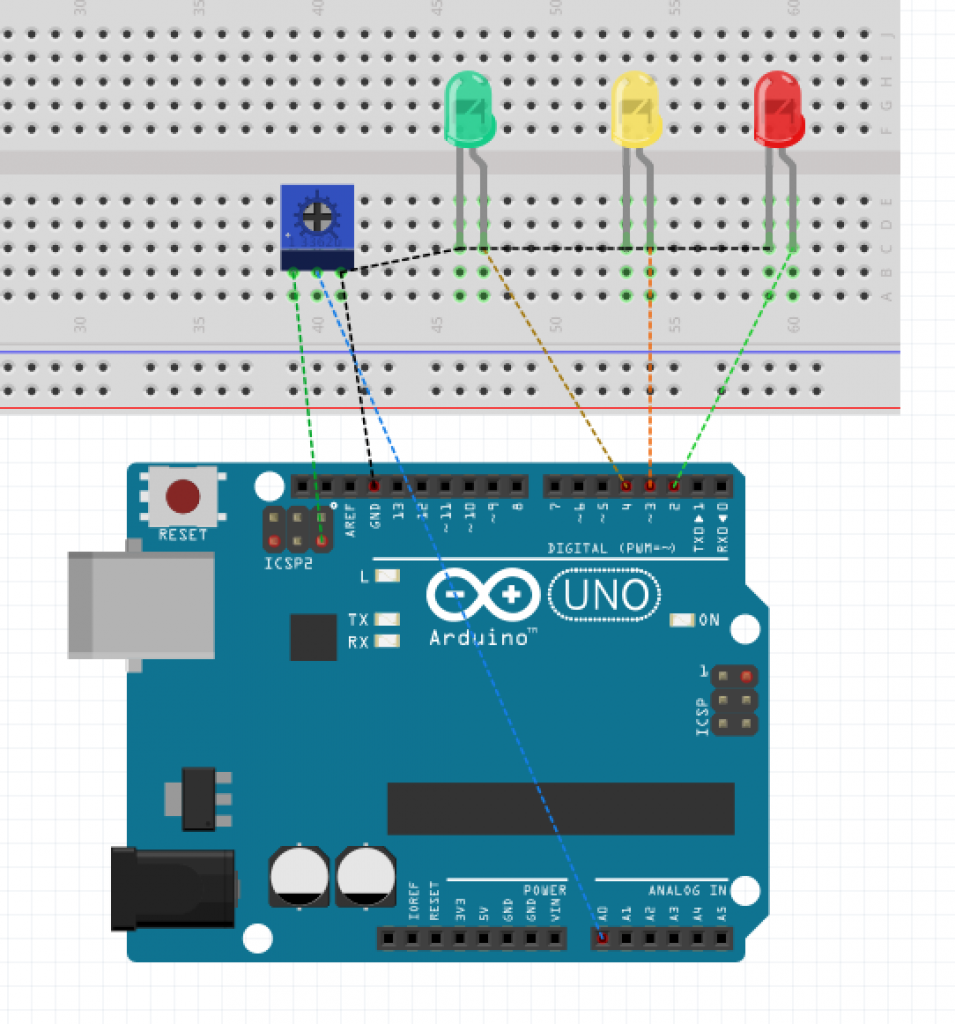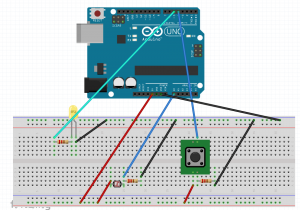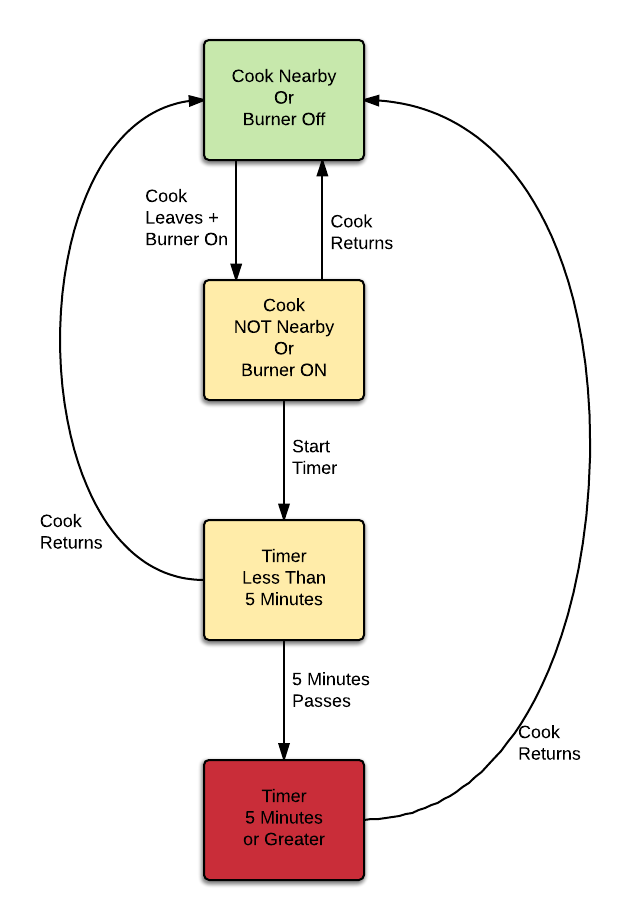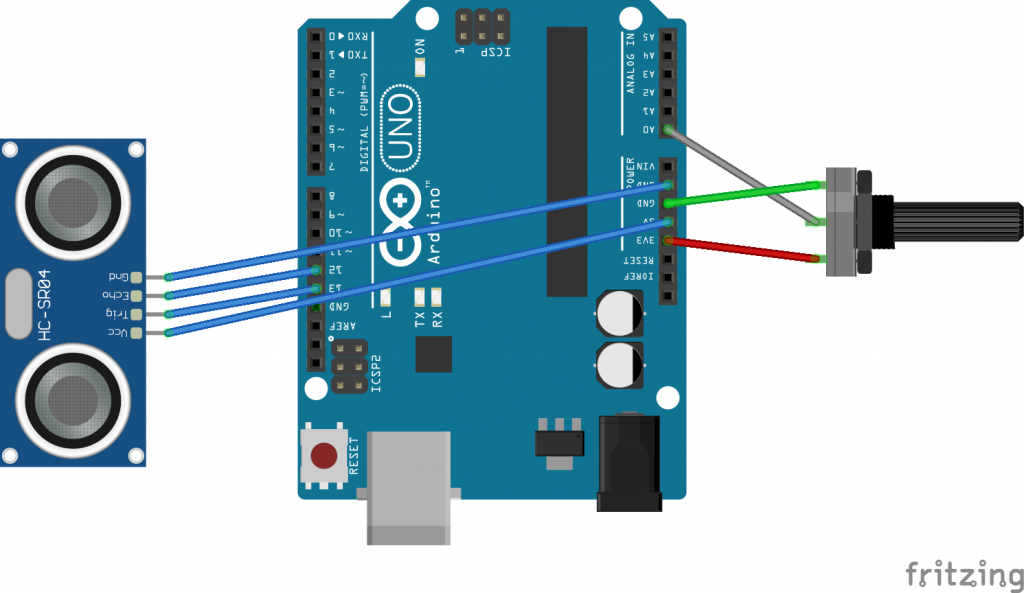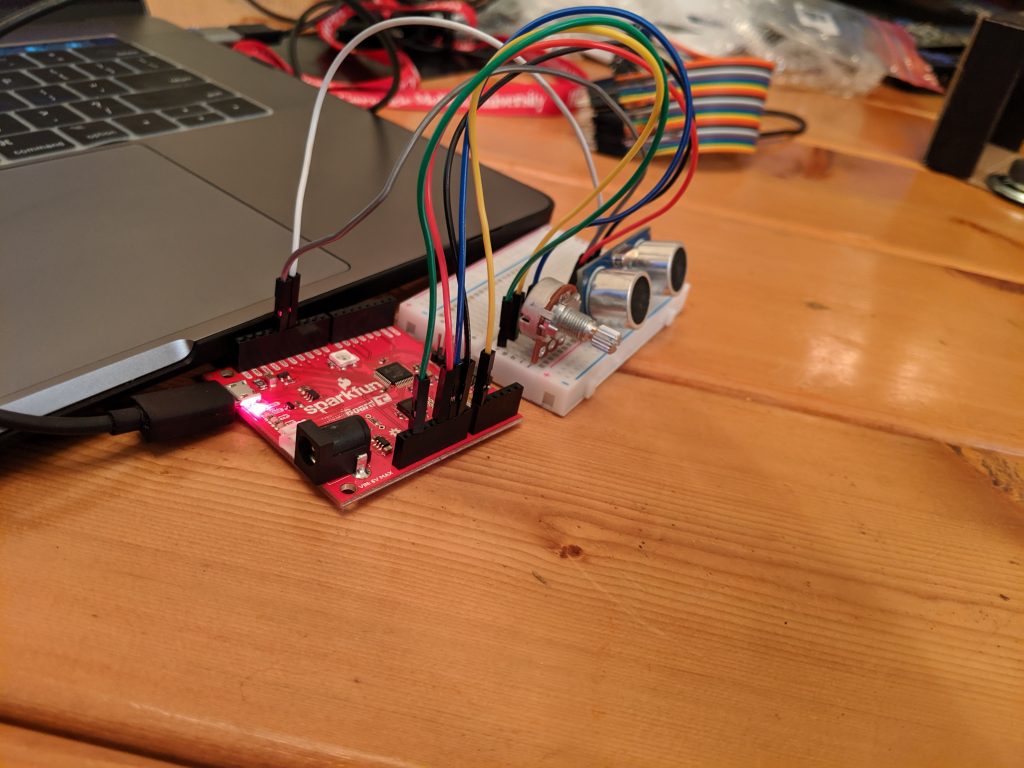A slow transition we miss on a day to day basis is the degradation of food. I often open up my fridge to find expired milk or some vegetables gone bad. The only way of knowing whether food has gone bad in your fridge is carefully inspecting it.
Solution:
Before placing food inside fridge attach an RFID to food product and input an associated expiration date into Ardunio ~ possibly using a potentiometer or rotary encoder. Place a 13.56 MHz RFID outside the refrigerator. The range on these devices is approximately 1 meter which means they will be able to read all the RFID tags placed inside the fridge. A screen on the front fridge can display the food associated with every tag and and a red, yellow or green backdrop to easily indicate where in the transition from edible to expiry the food is in.
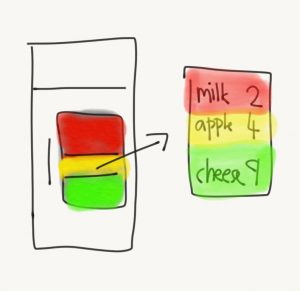
Proof of Concept:
I used a potentiometer and 3 LED’s to show my proof of concept.
The potentiometer was used to input the current state of the food. I utilized millis() to demonstrate how the colors would change as the time approaches the expiry date. Here, for demonstration purposes, made the day change every 10 seconds.
